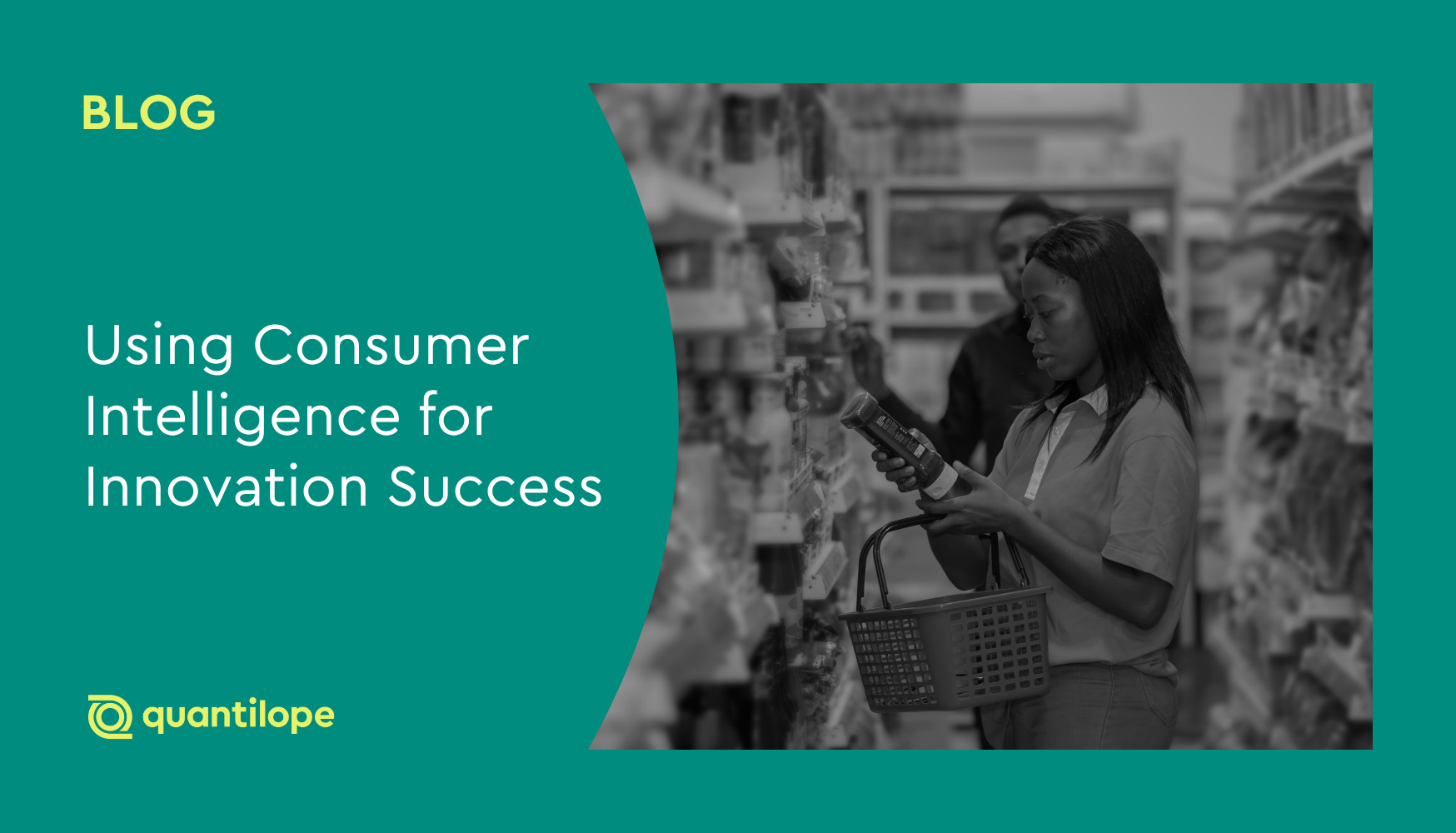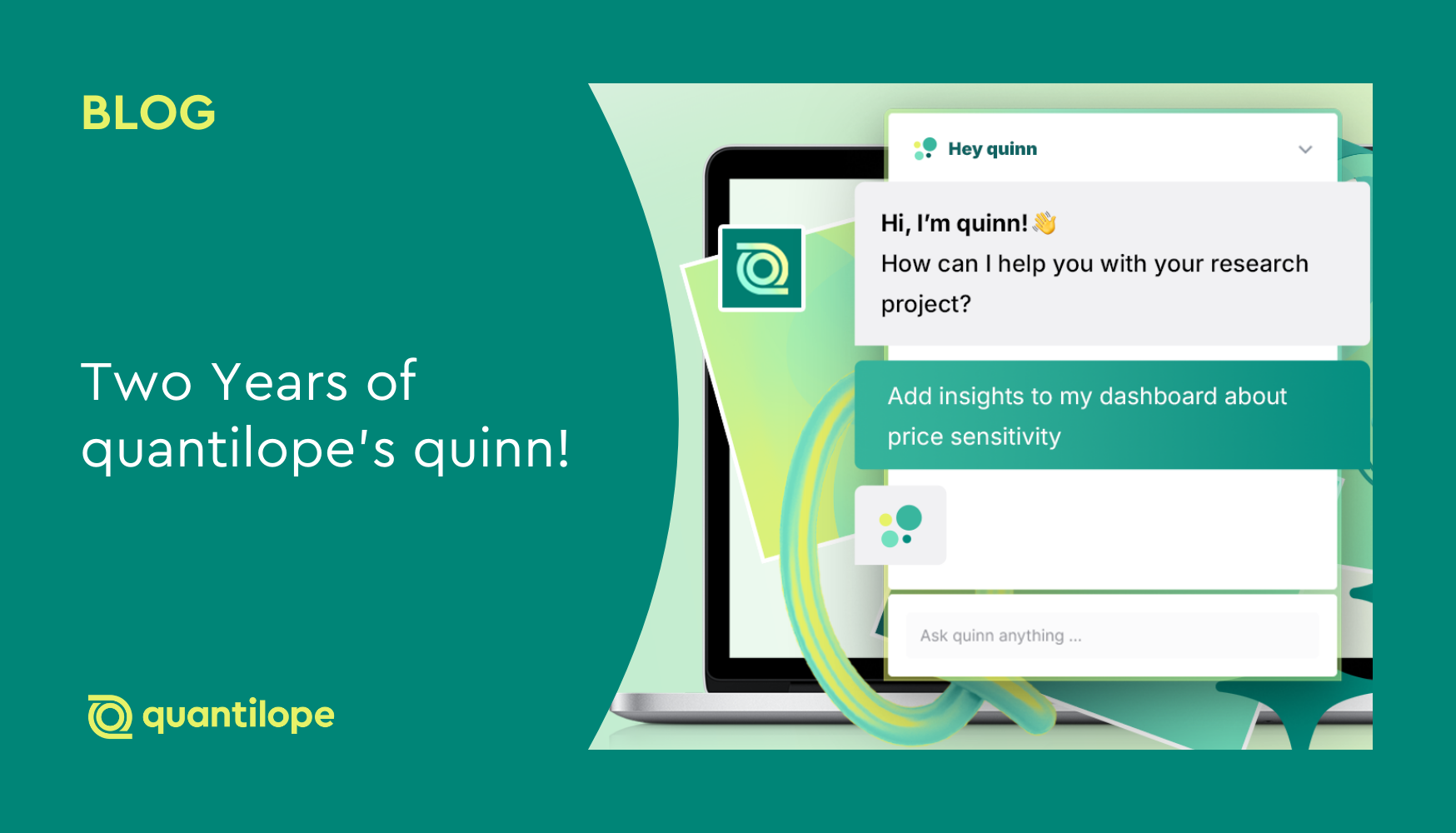For any brand to remain successful and relevant, they need to continuously innovate. They need to grow alongside consumers to continue catering to current day lifestyles.
Even the world's largest and most iconic brands understand the impact of innovation, as seen with LG’s transparent TV, Canva’s AI Magic Studio, Bose’s Ultra Open Earbuds, or On’s Cloudboom Strike footwear. Aside from the established players in major markets, we can consider the newer ones too.
For example, Allison and Stephen Ellsworth, Co-Founders of Poppi, saw an opportunity to create a ‘better-for-you’ soda brand as more consumers began paying attention to what goes into their foods and beverages. Poppi quickly resonated with consumers who love soda but don't love the ingredients in it. In fact, it was such a hit that PepsiCo (ever heard of it?), decided to acquire the brand for a hefty $1.95 billion in May 2025 – a clear indication that the Ellsworths successfully listened to the market, and responded with a solution to real market needs.
If it's not yet clear that innovation is a non-negotiable for brands to stay competitive and relevant, just consider the cautionary tales of brands like Blockbuster, Kodak, Borders, and Toys “R” Us, who didn’t move with the direction consumers were going: digital. As consumers embraced streaming content, smartphone photography, digital book rentals, and online shopping, these brands could no longer compete with others that embraced the digital shift.
Knowing and understanding the importance of innovation is step one; actually starting the innovation process comes next, and how brands go about doing so often marks the difference between successful innovations and ones that flop. Innovations fail when brands assume what consumers want or need: a recipe for a brand-consumer disconnect.
The costly impact of consumer disconnect in innovation
When products fail, we naturally think of consumer reactions first: consumers didn’t like a product’s innovative packaging, or they weren’t a fan of a new product flavor. In reality, we should first turn toward the brand, which likely put too much trust into internal assumptions or based their innovation decisions purely off of technical capabilities and available resources. In these cases, brands will innovate based on what they think is ‘cool’, ‘trending’, or what they have the capacity to quickly create. This is a dangerous trap to fall into, and often the cause for failed innovations.
The cost of such missteps (failed product launches, wasted R&D spend, and increased brand speculation) is substantial. Companies can’t afford (literally and figuratively) to have these consumer disconnects when trying to remain competitive in their market. That’s where consumer market research comes into play as a strategic tool to safeguard product innovations.
Consumer Intelligence for innovation-hungry brands
Knowing the impact of innovating – and the cost of failed attempts at doing so, how can brands successfully bring new ideas to market?
Consumer Intelligence bridges the gap between what consumers want and what brands offer. Consumer Intelligence is the result of collecting, analyzing, and understanding consumer data related to their behaviors, preferences, needs, and motivations. It goes beyond basic demographic information to uncover a comprehensive view of who consumers are, what they want, and how they interact with a brand across various touch points. Brands can use Consumer Intelligence to make informed innovation decisions that will improve customer experiences, drive sales, and foster long-term loyalty.
By deeply understanding consumers before starting the innovation process, brands significantly improve their chances of success. It transforms innovation from a risky gamble into a calculated strategic advantage.
Below are a few examples of what these strategic applications of Consumer Intelligence might look like.
- Consumer-led product development: Consider a MaxDiff study to prioritize features for a new, innovative product. This methodology forces consumers to make trade-off decisions, revealing which product elements they value most. A MaxDiff will ensure any new innovation is centered around only the most important or desired features, rather than what a brand assumes those might be.
- Optimized campaign planning: Use a Consumer Intelligence tracking study to monitor consumer readiness for a new product or service. As market trends shift, see if consumers are shifting alongside them. This strategic use of insights helps brands launch products when the market is most receptive, maximizing impact.
- Innovation concept testing: Validate consumer demand for a product before committing significant resources to development by leveraging a concept testing study. Within a concept test, consumers can provide feedback and rate overall product ideas so that only the most promising innovations move forward.
- Effective resource allocation: Advanced methods like TURF analysis (Total Unduplicated Reach and Frequency) protect a brand's time and budget by clearly showing the increased consumer reach (or lack thereof) that would result from introducing a new product innovation. If increased reach is minimal, innovation resources might be better spent elsewhere.
- Competitive differentiation: Consumer Intelligence studies help identify unmet consumer needs to carve out a unique space in the market. For example, a Segmentation analysis highlights key consumer audiences and their respective needs, identifying gaps in the market for new opportunities or ways to innovate to differentiate from competitors.
There are so many ways to leverage Consumer Intelligence studies, whether they include advanced methods or not. For any type of business need – be it R&D for a new product line, gathering post-launch consumer feedback, or achieving competitive differentiation – consumer insights guide those innovation efforts. They can inform a brand of whether or not they’re headed in the right direction, if they need to make certain product tweaks, or if the idea should be re-thought altogether. This is how brands confidently launch products that turn out to be a success.
Sparking motivation for future innovation
Beyond outright innovation failures, many brands encounter a more common, subtle challenge: a stall in their innovation efforts. These aren't necessarily companies in crisis, but rather those stuck in a rut—struggling to generate fresh ideas or lacking the motivation to explore new opportunities. A brand might be performing well in the current market, but without ongoing innovation, it risks being rapidly outpaced by more agile and innovative competitors.
Like innovation-hungry brands, these brands can turn to Consumer Intelligence to stay on top of trends and opportunities, even before they plan to act on them. Consumer Intelligence studies can proactively track emerging trends and identify opportunities. Brands can use these studies to capture a wide range of feedback, from general sentiment about a brand or its market to more granular insights related to evolving consumer behaviors.
For example, consumers may indicate a growing desire for sustainable packaging, an increased demand for hyper-personalized experiences, or even subtle shifts in lifestyle that could unlock an entirely new product category. By leveraging these insights, brands can be proactive – rather than reactive – and confidently pursue innovations that ensure they evolve and grow alongside their consumers.
Innovating with quantilope’s Consumer Intelligence Platform
quantilope’s Consumer Intelligence Platform is designed to be a hands-on tool for researchers and insights professionals from any background or skillset. Platform users can design their own innovation studies from scratch, use a pre-built template, or lean on quantilope’s integrated AI co-pilot, quinn, for inspiration and support.
One of the biggest advantages to using quantilope’s platform is the accessibility of advanced methods for innovation research. Users can choose from any of quantilope’s 15 automated advanced methodologies (the largest advanced method suite of any market research platform) to reveal hidden consumer insights, underlying preferences, and subconscious opinions. All of quantilope’s methods – while complex in behavioral science, are intuitive and easy to leverage for end users. Simply select your advanced method(s) from a drop-down library to add into a survey, customize however you need, and begin collecting, rich, actionable, advanced consumer insights that will fuel future innovations. For example, brands can test a number of feature configurations for their product using a Choice-based Conjoint that mimics a real-world shopping scenario. Or, innovation teams might use a Single Implicit Association Test (SIAT) to understand the type of associations consumers have toward their brand, category, or specific product.
Whether brands opt for an advanced method study, a tracking study, or a combination of both, quantilope promises real-time access and always-on support through a team of dedicated research consultants and its AI co-pilot, quinn. As survey responses are available, innovation teams can already begin to adjust their product offering well before final fieldwork is complete. This agility means you can iterate quickly and confidently, knowing your innovations are backed by real consumer insights.
Along with innovation-related insights, quantilope offers research solutions for a number of business objectives, all accessible in one place. For any type of insights businesses are looking for to support their strategic decision making, they can tackle it all without ever having to leave quantilope’s end-to-end platform; that includes qualitative research too!




.png)